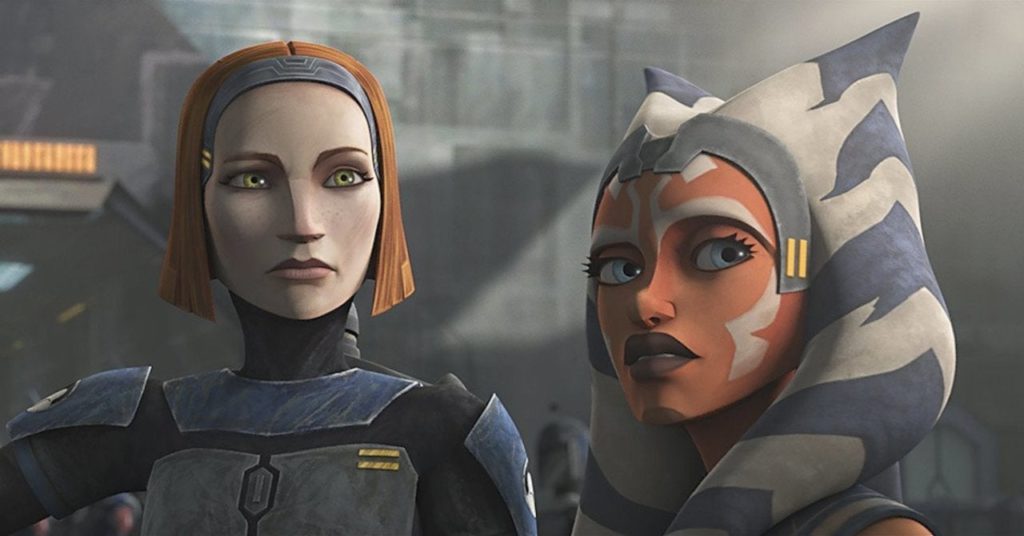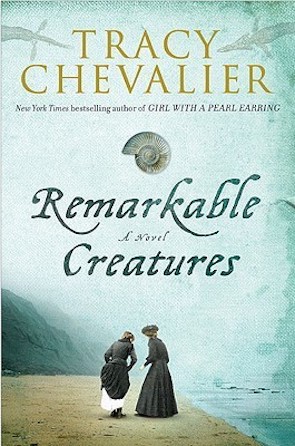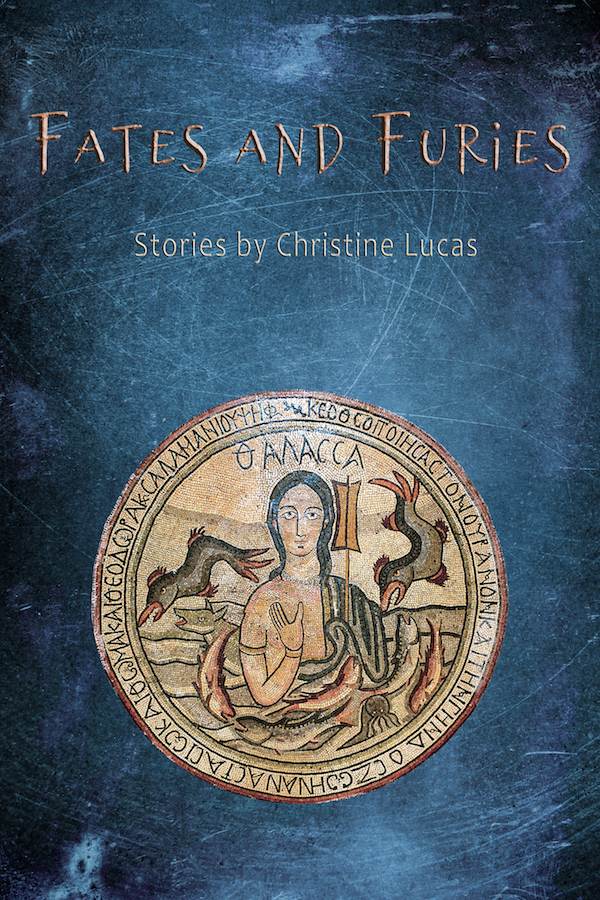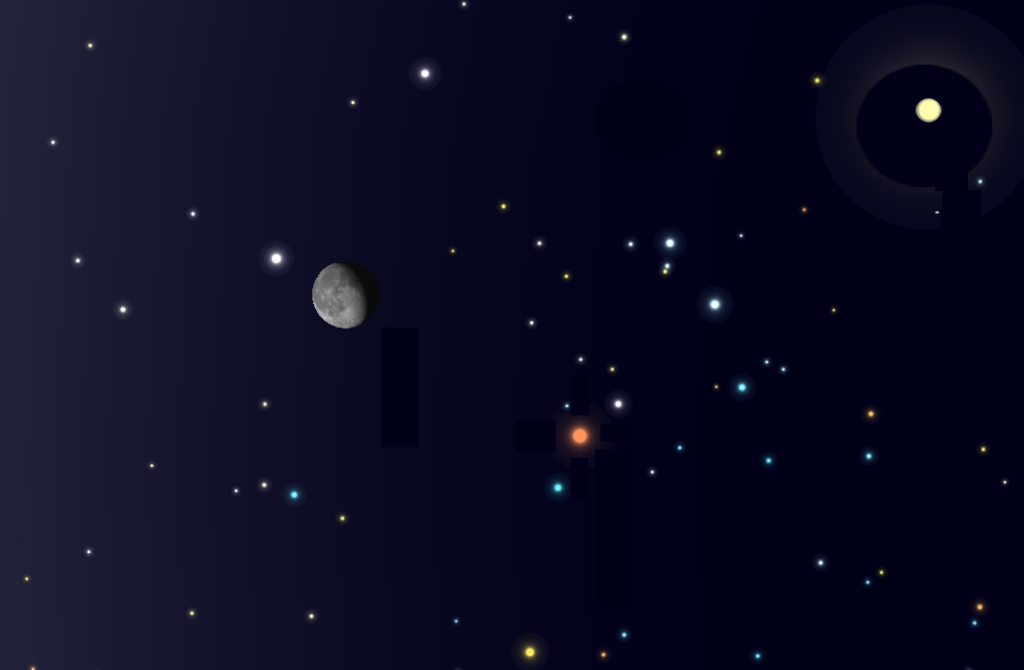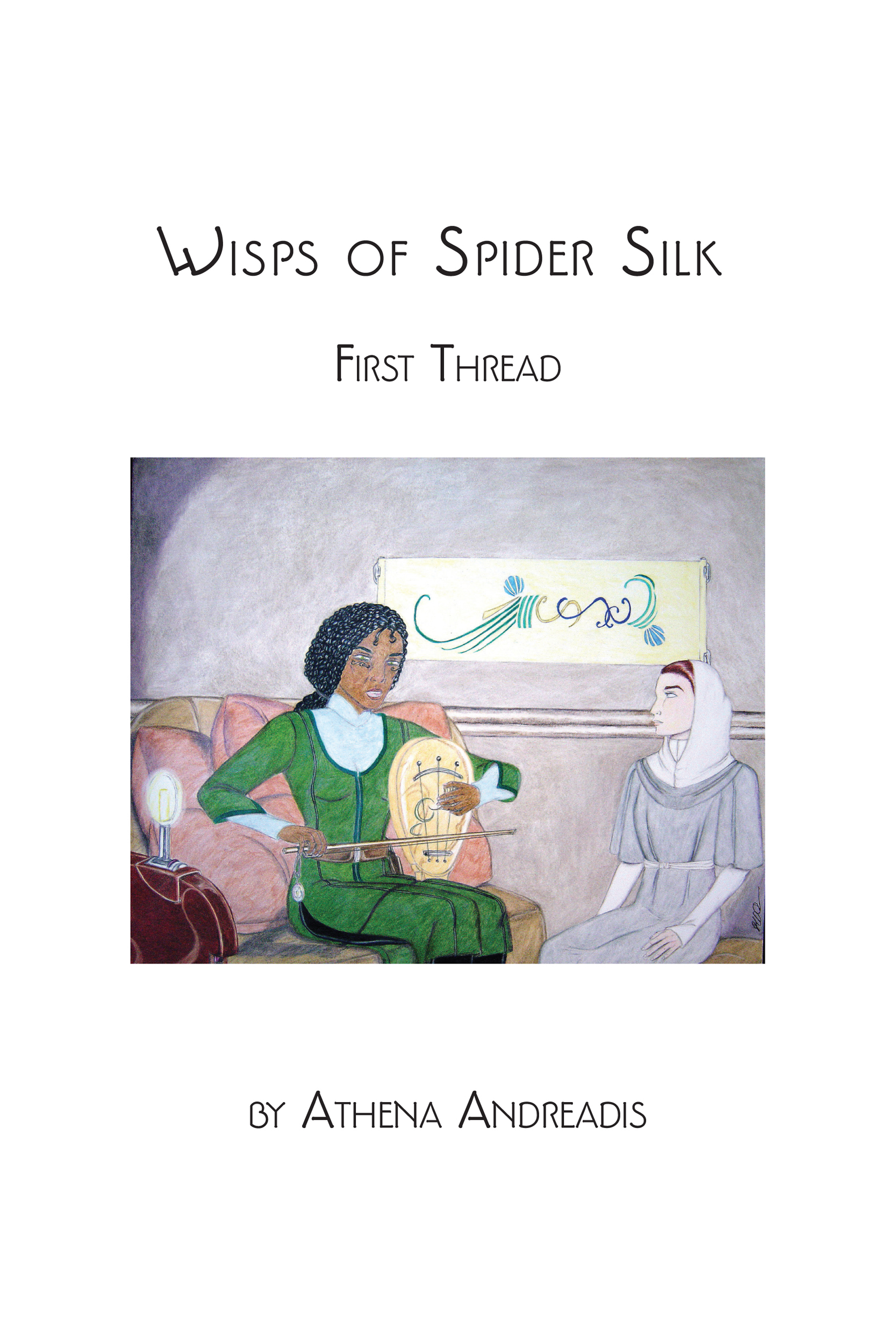“He turns the clouds into a horse, the stars into a bridle,
and with the moon as company he goes to bring her back.”
— The Dead Brother’s Song, 9th century CE
(perhaps the oldest surviving Hellenic folksong)

There’s a deeply-rooted biological reason why nearly all unforgettable stories are family sagas, whether they unfold on the plains of Troy or the spice beds of Arrakis: humans are not solitaries; we’re embedded in our kin groups. That, in turn, colors all aspects of our behavior. Whatever our technological level, we remain keenly interested in personal connections, as central throughout civilization as they were in the bands of ~100 members that comprised the initial gatherer-hunter tribes (and still do for our first cousins, the bonobos and chimpanzees).
Stories from all cultures explore the full gamut of family interactions; but mainstream and genre literature, especially the dominant Anglophone incarnations, heavily pluck only a few strings of that versatile instrument. Mainstream tends to foreground mating interactions – the inherent dilemmas between blood and chosen kin, between old obligations and new loyalties. Fantasy has walked in the steps of its predecessor, folklore, of which more anon. Science fiction (SF), on the other hand, notoriously fearful of “chick-lit” or “romance” cooties, twangs primarily on father-son conflict, with brother rivalry a distant second. Mothers are invariably dead in SF and fantasy, unless they surface as either evil stepmothers for daughters or impediments to independence for sons. The vast majority of SF has let one particular chord lie mostly fallow: sister-brother love.
Myths and folktales brim with sister-brother stories. Many pantheons have sibling pairs down several generations as their base: Gaia/Ouranos to Hera/Zeus, Nut/Geb to Isis/Osiris, Izanami/Izanagi, Yemanja/Aganju. The bond is also a major engine in literature: Electra, Ifighenia and Orestes; Antigone and her two feuding-till-death brothers; Alexander’s sister Thessalonike, ruler of Macedon after his death, said to have become inadvertently immortal and to have mourned him forever after as a storm-wielding mermaid; the Akritiká folksongs, starting with Konstantís and Aretí in The Dead Brother’s Song; the brothers in the Grimm tales turned to harts, ravens, swans protected (often at staggering cost) by their sisters; the Völsungs Siegmund and Signy aka Sieglinde, Kullervo and his nameless sister (and the Tolkien clones, Túrin and Niënor)…which highlights a reason why Anglophone speculative literature, far more priggish than its predecessors, avoids this chord except in the gritty-grotty dark fantasy cave where Cersei and Jaime Lannister dwell.
The not-too-hidden shoal, of course, is incest. Whereas parent/child incest has steep in-built power differentials, sibling incest is on almost-level ground – and several cultures have practised sibling mating, especially among groups where either “purity” of descent or retaining family property was paramount. Physical or cultural isolation also factored into this. Before the advent of DNA analysis, unless men kept punitive vigil over women, the paternity of offspring could never be incontrovertibly known, whereas children of maternal relatives were without a doubt genetically close to their mothers’ male kin. Hence, sibling matings – or, in much of the world, cousin marriages. A more benign alternative to obsessive patroling of female reproduction were the systems in which a sister’s children were heirs of her brother’s property and/or status (Fili in the film version of The Hobbit is an explicit example of this).
However, given the overall habits of humanity, there is a second, less obvious shoal. In most of the list above, even when brothers love their sisters, it’s invariably the sisters who must abjure their life, happiness or vocation to further their brothers’ objectives. Both Electra and Ifigheneia break all kinds of taboos and vows for Orestes’ sake; Antigone’s decision that she’s duty-bound to bury Polyneikes makes her forfeit her life when she’s at the cusp of a love match consummation; Leia ends up untrained in her Force potential and very much an adjunct to Luke and the shabby Jedi initiatives (the Mary Poppins act in The Last Jedi is an almost-contemptuous afterthought as is Anakin/Vader’s reaction when he becomes belatedly aware of her existence in Return of the Jedi); likewise, Alia Atreides is an instrument of Paul’s messianic goals throughout the Dune saga.
Fantasy has told tales of sisters shaping their lives around brothers, from Éowyn to Jane Yolen’s “Brother Hart”. Science fiction has mostly elected to slide by such bonds or keep them largely schematic: Leia and Luke don’t interact meaningfully once it’s established they are twins, and Leia’s great moment happens before she discovers she has a brother (Luke goes on to change the fate of the galaxy before he peters out into a damp squib). That said, two major exceptions in SF come to mind that show not only a sister and brother devoted to each other, but also a scenario in which the sister does not sacrifice herself in some way for her brother: River and Simon Tam in Firefly/Serenity; and Michael Burnham and Spock in Star Trek: Disovery.
The River/Simon arc is in some ways strongly reminiscent of The Dead Brother’s Song: Kostantís promised his mother that he’ll bring his sister home, and not even death will deflect him from his purpose. Simon, too, is committed to retrieving his preternaturally talented sister, at the cost of his family fortune and cherished vocation — though he, at least, is spared the ultimate sacrifice. It’s an incidental reward that Simon’s rescue of River uncovers the immoral experimentations of the Alliance. The siblings are lucky enough to find a hearth with the lovesome if unruly Serenity crew, where River has a hope of healing and both can forge meaningful lives.
Michael/Spock is a sentimentalized yet touching variation on Electra and Orestes. The Powers that Be mapped Michael’s character development primitively (Season 1: Logiiic! Season 2: Emotionnn!!), though it gradually emerges that she’s named after the warrior archangel for valid reasons. She also suffers from a surfeit of parents, but I’m happy that she’s granted not one but two mothers who do a whole lot more with their lives than mothering, and even happier that she evolves into a formidable mover and shaker in her own right who’s allowed a lover (standard bumps are put in that path, but at least they’re not the career-versus-family cliché). Even rarer is that the series also lets her love her little brother and be loved by him without faux-edgy penalties. Of all the interaction arcs in Star Trek – and beyond – that’s the least trodden.
[Parenthesis 1: Spock’s total silence on the topic of a sister was a major roadblock for original-universe Star Trek fans. By the end of season 2, Discovery managed to have its cake and eat it, too: remain canon by virtue of industrious retrofitting, but also allow AU scenarios by catapulting Discovery to where none has gone before. The crew that stayed behind is as interesting and fresh as the one that went ahead…and by adding Section 31 goings-on we face the prospect of at least three series, with potentially huge lunchbox/paraphernalia lucre.]
Spock’s inner conflicts, echoed by Michael’s, remain compelling and poignant. In Discovery he reconciles with his adopted sister after a long estrangement and they help each other in crucial ways (to say nothing of the universe’s long-term future). Of course, this is a Hollywood series and a franchise captive to both tradition and profit. So the derring-do is arbitrarily ratcheted for unearned drama. Nevertheless, in a manner that’s unusually quiet for Hollywood, brother and sister enable each other to fulfill their immense potential. The ending is a trailblazer on several levels: their adieu is stark and in minor key; it also shows Spock – a potent cultural icon of long standing – first willing to follow his sister into the unknown, then acknowledging her as his lodestar and role model. Mind-boggling that this happened only in 2019, but at least it happened.
[Parenthesis 2: What made a crucial difference, to me at least, was Ethan Peck’s take on Spock. It’s a welcome original angle (as much as that’s possible with the character). I vastly prefer his interpretation to Zachary Quinto’s, though some of this is leakage: I detest the reboot, which has totally abandoned Star Trek’s exploring mindset for Fast-n-Furious-in-Spaaace grinding noises.]
Sister-brother love is a hybrid like Spock, like Michael – poised between that of mates and parents/offspring, between agape and eros. It shares some of the frisson of the former, the deep hooks into the solar plexus of the latter. The next cycle of Discovery may be interesting – and, who knows, that of Enterprise as well if the producers choose parallel developments (those lunchboxes…). But it won’t have Amanda Grayson’s children of the heart urging each other to ever greater achievement. Nor is it likely that Whedon will add to the Serenity/Firefly ‘Verse. Everything must come to an end. But the gatherer-hunter part of me wishes I could see more of Michael with Spock, River with Simon…in their full flowering.
Postscript: I predict that in future seasons Discovery will be allowed to do the occasional deus-ex-machina foray into the “regular” space of Enterprise, if only for Michael to stock up on hugs with Spock, her adoptive parents & Tyler.
Related Articles:
 Iskander, Khan Tengri
Iskander, Khan Tengri
Who Will Be Companions to Female Kings?
Grandmothers Raise Civilizations
Hidden Histories; or, Yes, Virginia, Romioi are Eastern European
Where Are the Wise Crones in Science Fiction?
“We Must Love One Another or Die”: A Critique of Star Wars
Mystique: The True Leader of the X-Men
Mad Max: Feral Kids and Chosen Families
Mediterranean Diasporans: Dúrin’s Folk
Of Fast Micro-Sails and Slow Swashbucklers
Images: 1st, The Dead Brother’s Song (etching, Katraki); 2nd, twin bear cubs
 As our time and stamina have been consumed by attempts to survive the increasing instability in our world, social media have also shortened our attention span. Things change fast online, and it’s possible that the constant rapid scrollings and headline browsings are making our behavior revert to gatherer-hunter fight-or-flight reflexes.
As our time and stamina have been consumed by attempts to survive the increasing instability in our world, social media have also shortened our attention span. Things change fast online, and it’s possible that the constant rapid scrollings and headline browsings are making our behavior revert to gatherer-hunter fight-or-flight reflexes.


